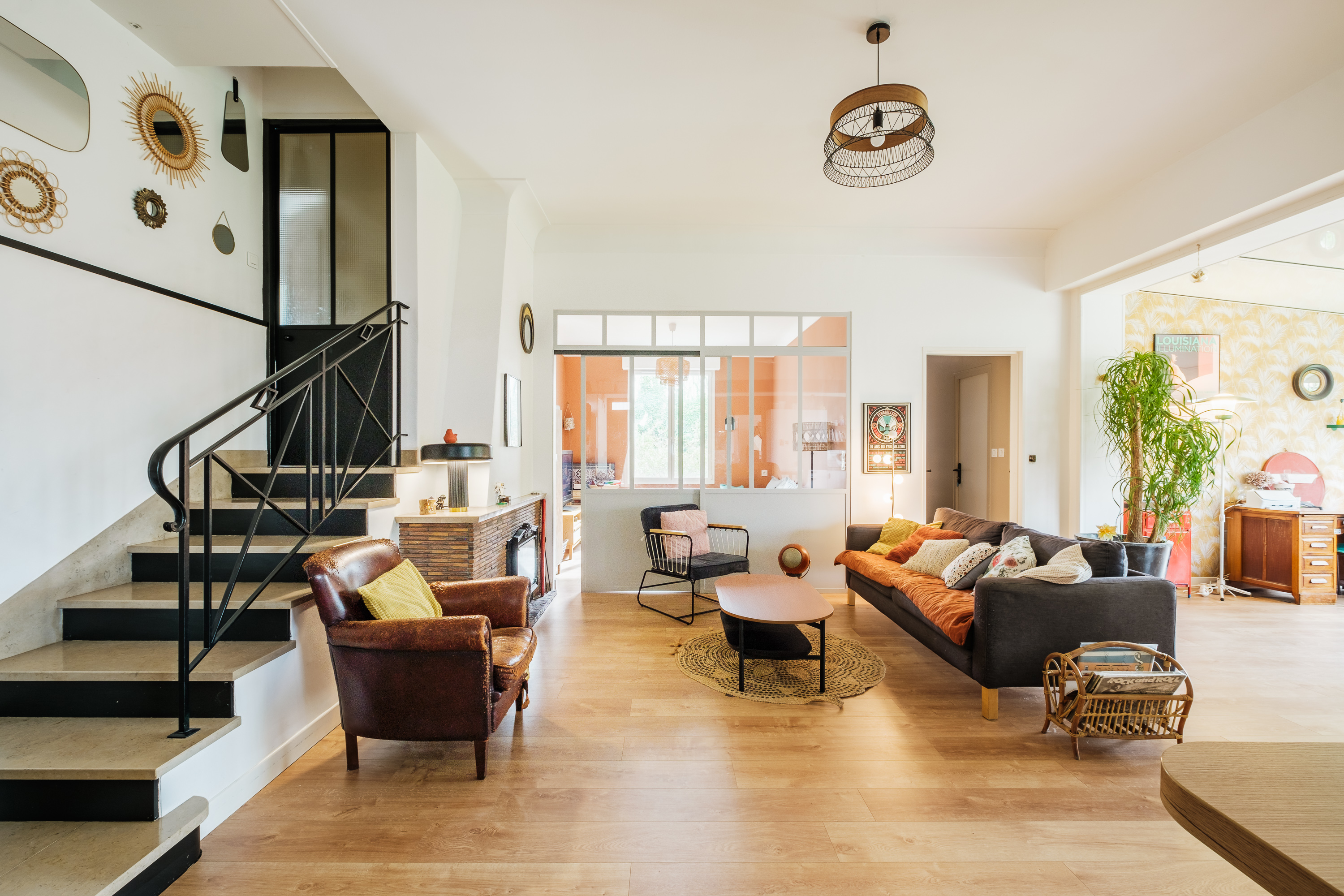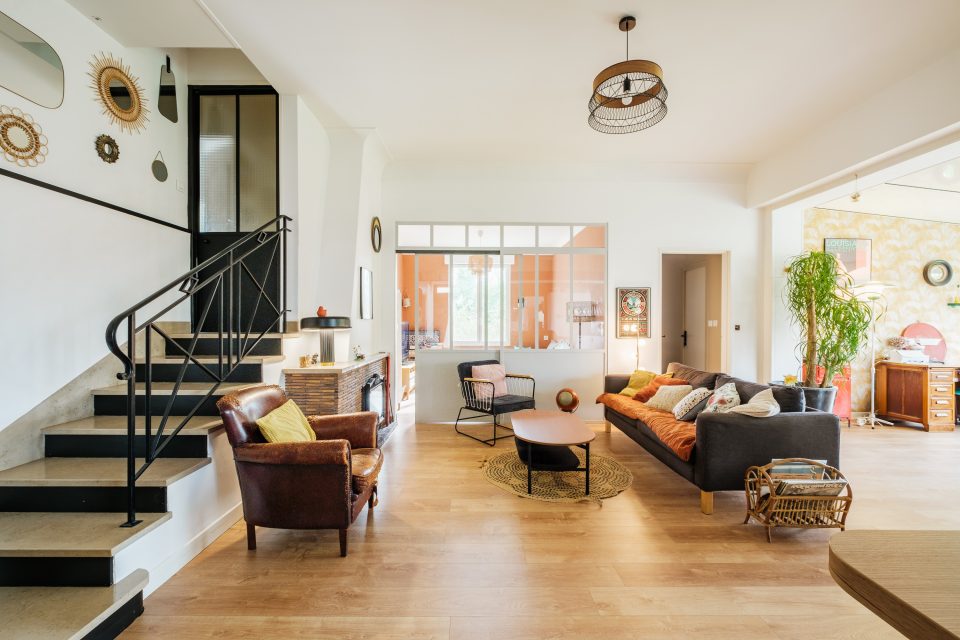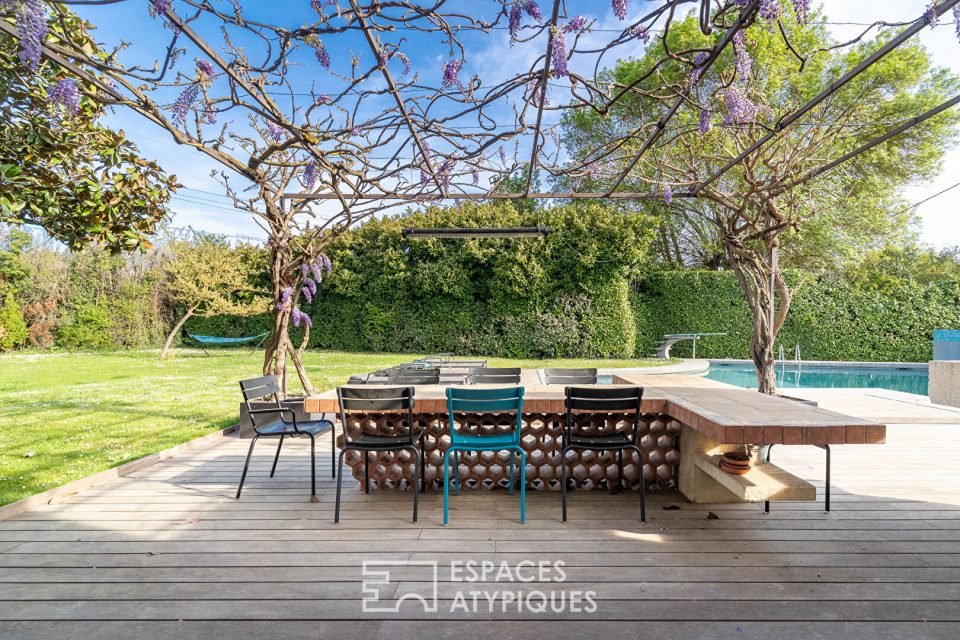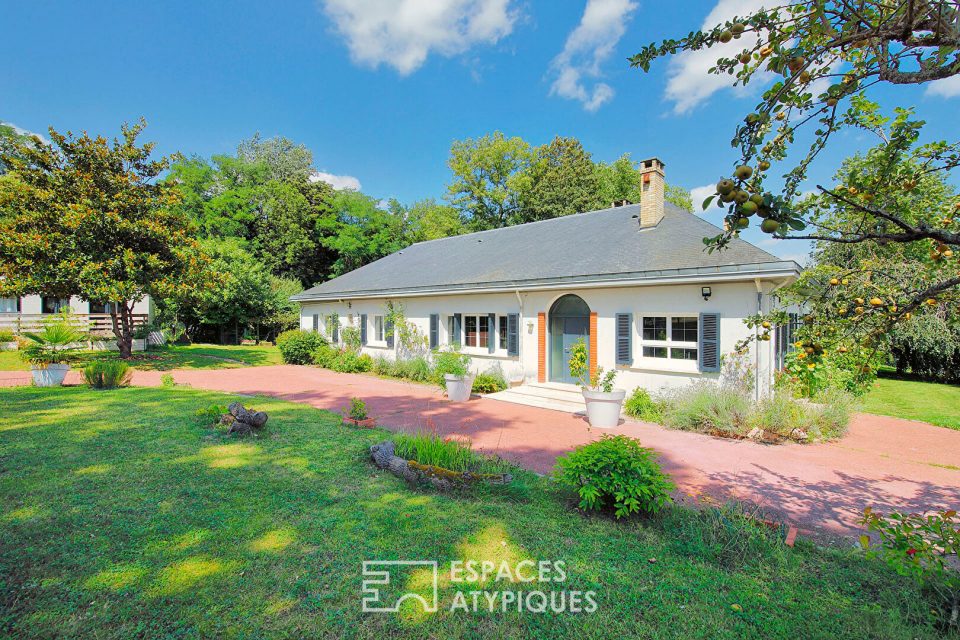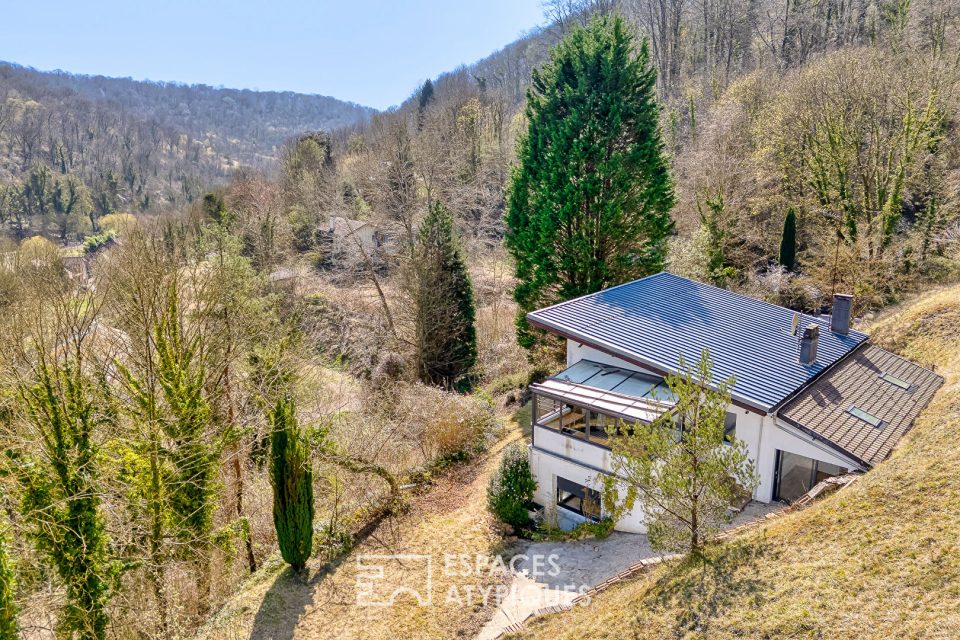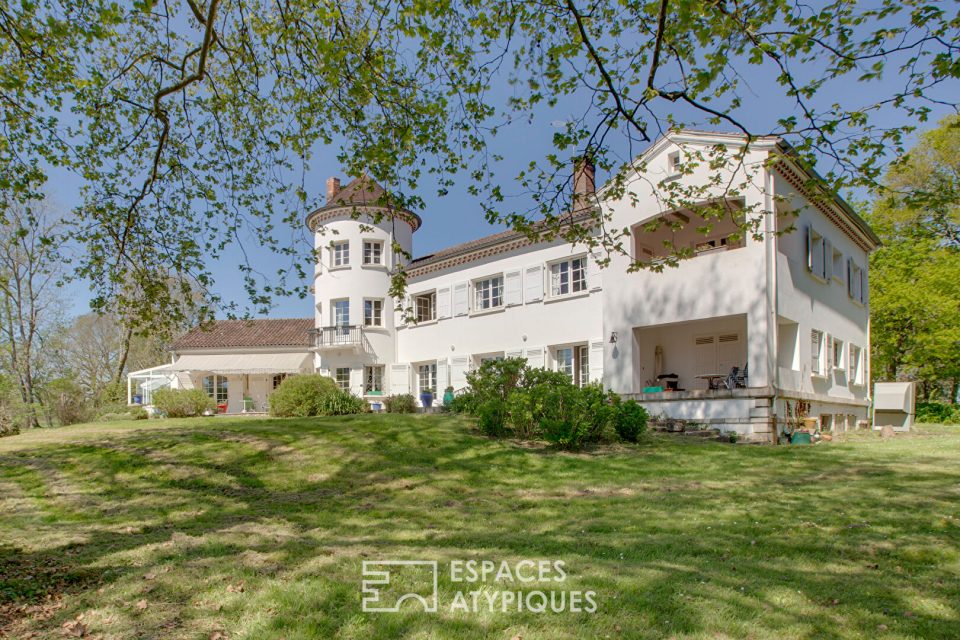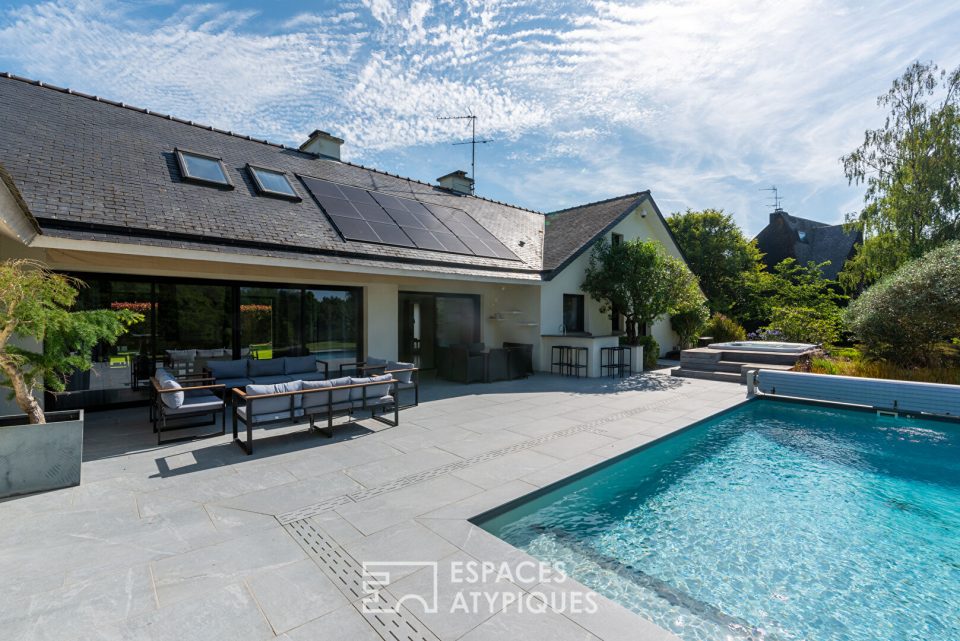At the time they were built, the houses of the 1970s were designed to be as functional as possible. Today, as well as being ‘practical’, these houses are often cheaper to buy.
After the 1960s boom in multi-occupancy housing schemes, the 1970s marked a break point as the market moved decisively in favour of single-family houses, which sprung up in large numbers all over France. These homes followed the trend of their predecessors in favouring the use of materials that combine the benefit of low cost with the ability to build cheaply and quickly. More importantly, the decade saw a step change in building construction. It was in 1974 that the first thermal insulation regulation was introduced in France in response to the oil crisis.
With a target to reduce domestic energy consumption by 25%, it tackled two major issues: the installation of external walls and air change rates, both of which are particularly energy-intensive.As in the two preceding decades, 1970s homes favoured concrete over brick, so you will undoubtedly need to address concerns around damp control and heating. That said, these are substantial houses, many of which face south and have their own gardens. When considering renovation, buyers should check not only ventilation, but also the absence of asbestos and/or lead-based paint. The attractive prices asked for houses of this period will help to fund the cost of eco-friendly upgrades.
The birth of psychedelia
The 1970s were also marked by an unforgettable movement in culture and the arts: psychedelia. Swirling colours and shapes, bold graphic motifs and floral prints! The only rule was that there were no rules. This fresh breeze of love and peace also blew through interiors, with acid orange giving a wake-up call to living rooms, wallpaper with enormous floral motifs, and furniture in voluptuous natural curves.
This free and uncomplicated decorative style can be restored and updated with a few small touches. Some Vitra Verner Panton dining chairs, a flower power wall in the children’s bedrooms, a Cini Boeri Strips sofa in the living room… The rounded forms, bright colours and star designers of the 1970s made a huge impact on the world of design by creating an instantly recognisable style that remains very popular today.
